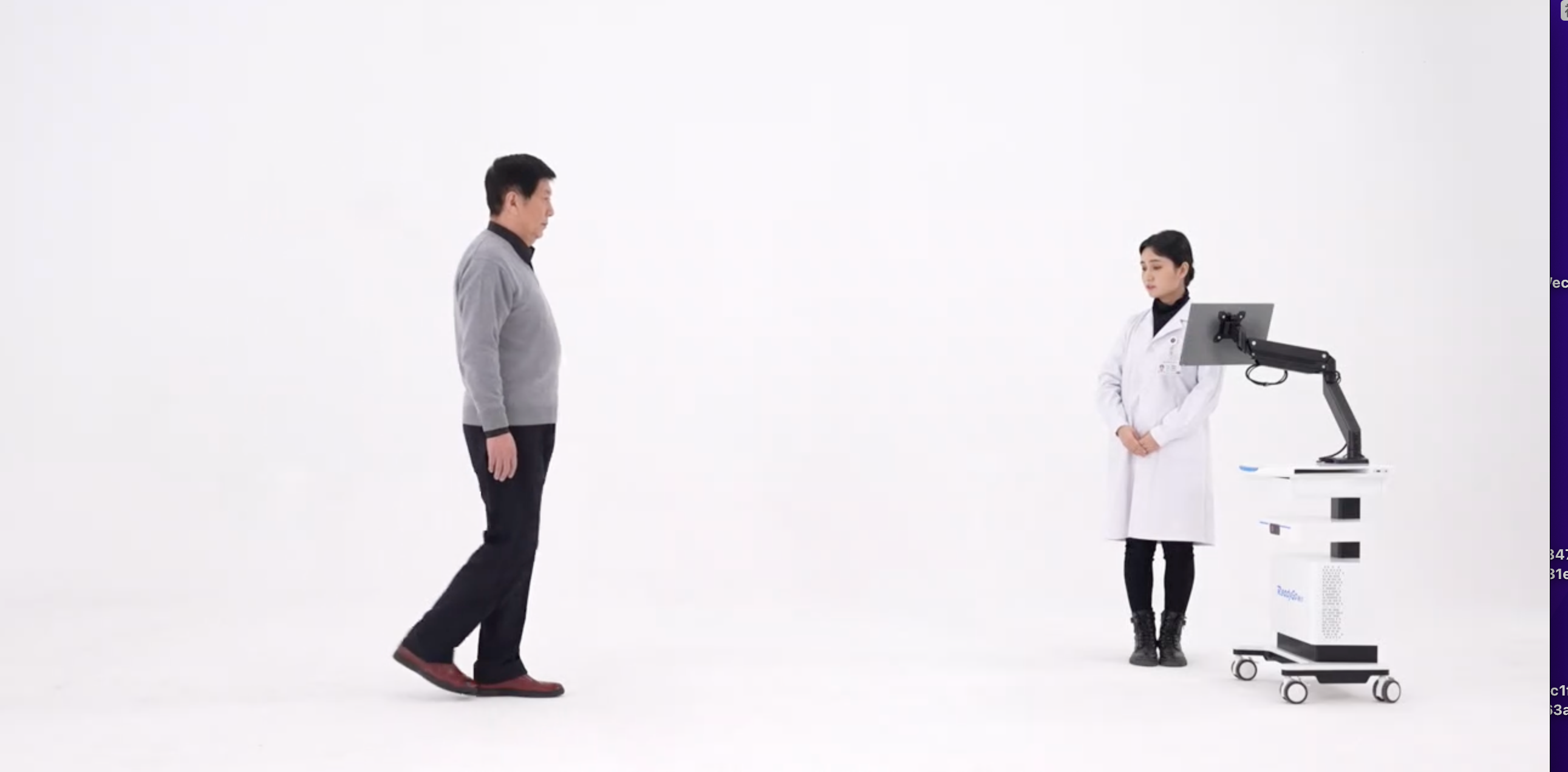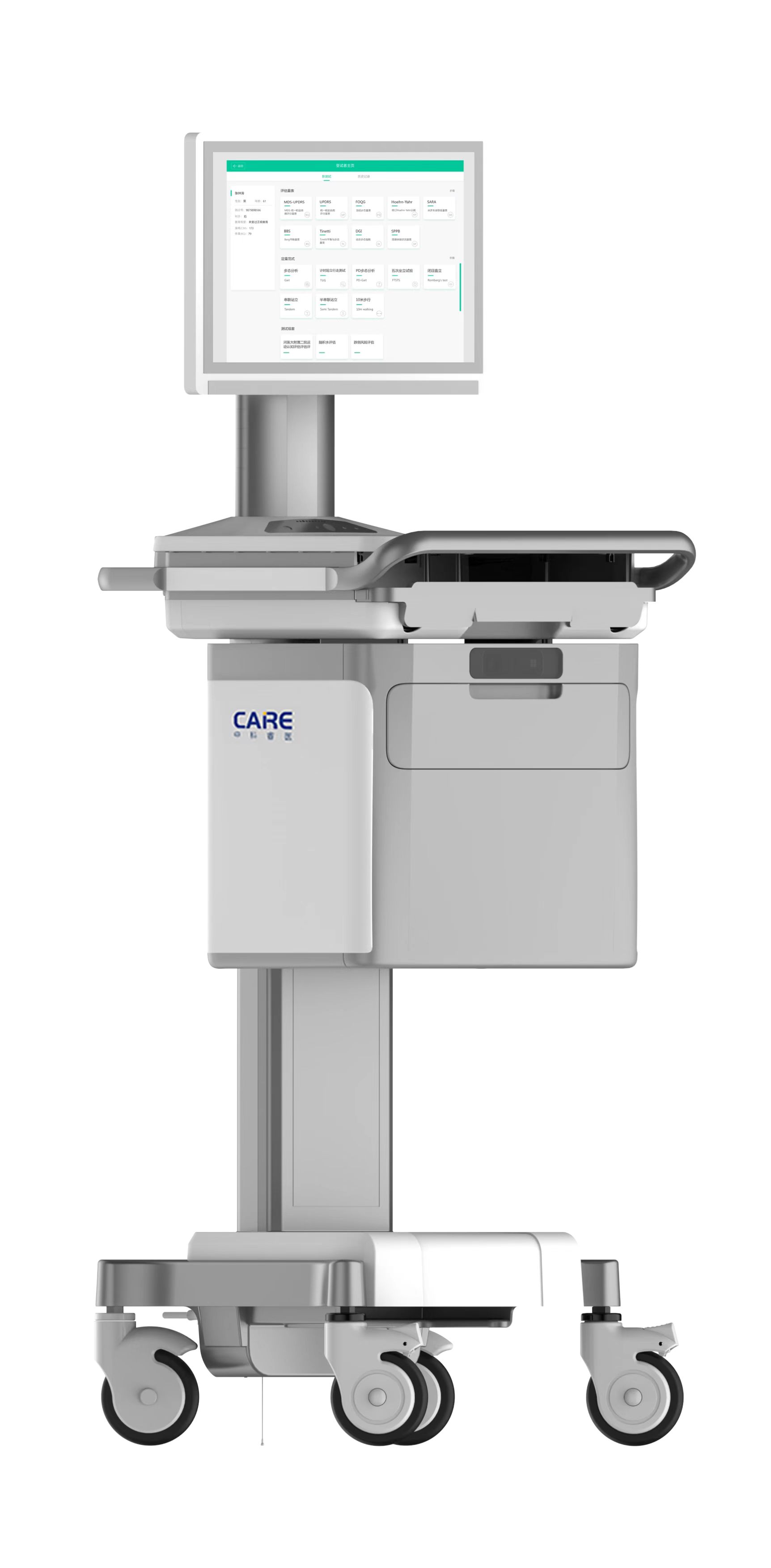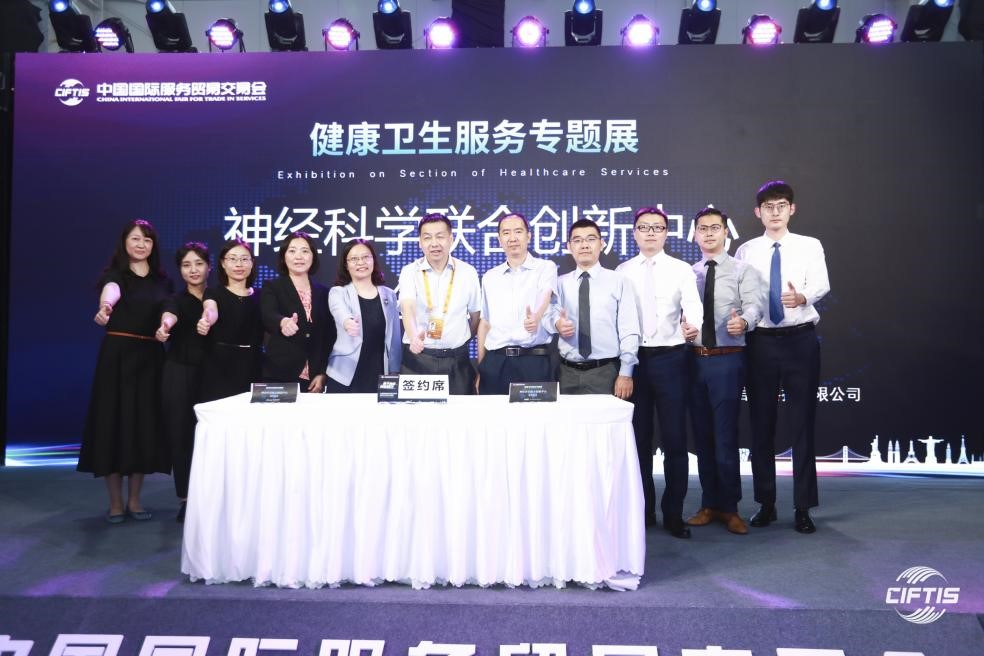Recently, the “multi-modal intelligent auxiliary diagnosis system for nervous system diseases” (balance test system), which was jointly developed by PUMCH, Institute of Software, Chinese Academy of Sciences (CAS) and CARE (Beijing Zhongke Ruiyi Information Technology Co., Ltd.), was granted a national medical device registration certificate. Equipped with ultra-high resolution deep vision sensors and powered by cutting-edge intelligent algorithms, the device can help doctors accurately and objectively diagnose diseases and follow up on disease progression in a scientific and quantitative way. This product is another typical example of the translation of the medical-engineering interdisciplinary research between PUMCH and Institute of Software, CAS. Once scaled up, the device will significantly improve medical institutions’ diagnosis ability of nervous system diseases.

The early diagnosis of most nervous system diseases mainly depends on doctors’ discernment and judgement of patients’ clinical manifestations. “The uniqueness of the nervous system makes it complex and difficult to describe neural functions,” said Zhu Yicheng, Director of the Department of Neurology, PUMCH. She pointed out that the judgment of nervous system diseases highly depends on the subjective experience of neurologists. “It is the subjectivity that causes huge discrepancies.”

As early as the 12th Five-Year Plan period, Zhu Yicheng took the lead in carrying out the project of “Research on Key Technologies of Multimodal Quantification of Cranial Nerves” under the “863” program (State High-tech Development Plan). Powered by cutting-edge motion capture technology and AI-based algorithms, the research project seeks to quantify and evaluate various motor parameters. In 2021, PUMCH led the establishment of the first parameter-based quantitative evaluation model of motor and cognitive function in normal population in China, which provides the normal range of the relevant parameters to inform auxiliary diagnosis and quantitative function evaluation of nervous system diseases.
The “multi-modal intelligent auxiliary diagnosis system for nervous system diseases” can evaluate gait, balance, coordination and joint mobility, among others. Therefore, it can help doctors diagnose diseases, track disease progression and evaluate therapeutic effects. This system can also be used to quantitatively evaluate the human motor function before and after drugs kick in, thereby objectively evaluating drug effect and advancing new drug R&D and marketing.

▲ A doctor was using this system to evaluate a patient’s motor function
“With this device, it takes no more than 5 minutes to complete the examination and then no more than 1 minute to generate the report. A doctor can examine 10 patients within 1 hour,” said a neurologist. Compared with the traditional approach that can only examine 3 patients’ gait in one morning, this device significantly increases the clinical work efficiency. It is also very user-friendly and can work immediately after it’s turned on. The small device occupies less than 1 square meter and is easily portable, and patients do not need to wear it to be examined.

▲ In September 2021, at the Exhibition on Section of Healthcare Services at the China International Fair for Trade in Services, PUMCH, Institute of Software under CAS and CARE established the “Joint Innovation Center of Neuroscience”.
PUMCH and Institute of Software, CAS joined hands to blaze new trails on their journey of innovative medical device R&D. They won the second prize of the State Science and Technology Progress Award in 2018. Going forward, they will deepen cooperation and continue to explore in the field of accurate mapping between motor behavior characteristics and nervous system diseases.
Written by Chen Xiao
Picture courtesy of Sun Liang, Institute of Software under CAS, and host of the China International Fair for Trade in Services
Translated by Liu Haiyan
Edited by Yang Xunzhe and Wang Yao
